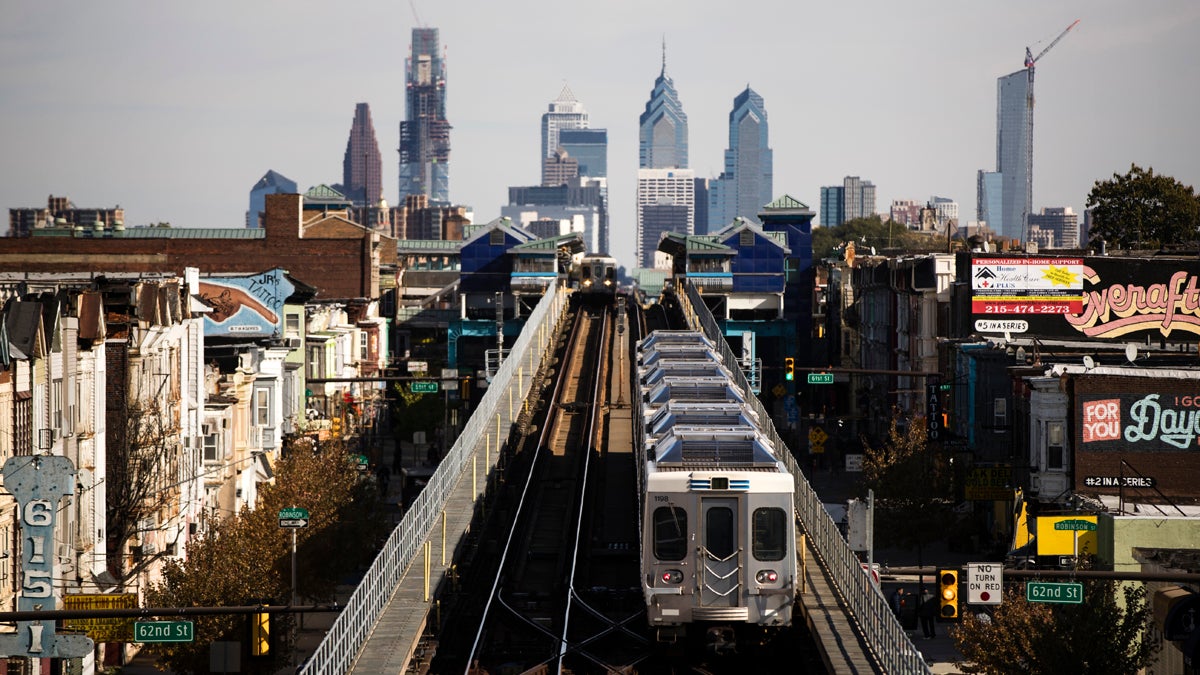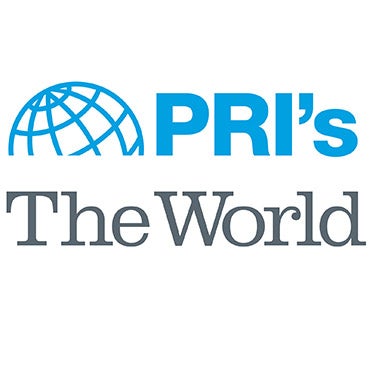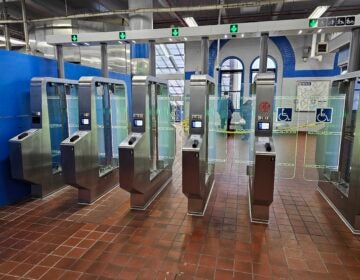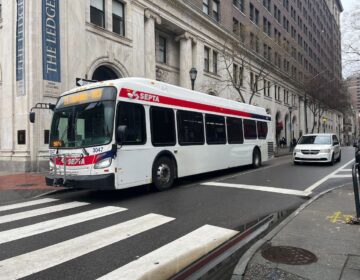SEPTA to increase train frequency on Market-Frankford Line
The increase in service on Philadelphia’s busiest transit line comes as a response to changing rider habits, SEPTA officials said.

A train moves along the Market-Frankford Line. (Matt Rourke/AP Photo)
SEPTA will introduce a new schedule for the Market-Frankford Line next month designed to add more train service in the early evenings.
Beginning February 24, MFL trains will arrive every six minutes on weekdays from 6 p.m. to 7 p.m. — an improvement from the current schedule, which has the subway arriving every 10 minutes.
From 7 p.m. to 8 p.m., service will change to a train every eight minutes, down from every 10 minutes.
SEPTA spokesperson Andrew Busch said the new evening service on Philadelphia’s busiest transit line reflects an effort to adapt to changing rider habits, as more and more passengers board trains outside of the traditional 9-to-5 workday.
“We think the schedule changes will help us address changing ridership patterns,” he said.
Busch said that the ridership numbers are increasing in the evening, a trend that could reflect altering work habits as well as other cultural and economic factors.
“It still does drop off, but it’s stronger than it has been,” Busch said. “So, the schedule changes we have coming up are designed to address that.”
The schedule change will begin at the same time as another big service change to the line — the end of the long-running A and B stop system at rush hour, also known as “skip-stop” service. During peak hours, from 7 a.m. to 9 a.m. and 4 p.m. to 6 p.m., MFL trains will now stop at every station every four minutes.
Busch said both changes were designed to address congestion issues on the growing line.
“The ridership on the line has grown and is very strong in general,” Busch said. “It’s a very busy line. It’s our busiest line. It goes through parts of the city that have seen tremendous growth in recent years.”
Busch said that population growth in parts of West Philly and Fishtown has generally led to more crowded trains and platforms — often at stations tagged for skip-stop service years ago. Average weekday ridership at the four busiest A-B stops increased by 26% between 1996 and 2016.
WHYY is your source for fact-based, in-depth journalism and information. As a nonprofit organization, we rely on financial support from readers like you. Please give today.







